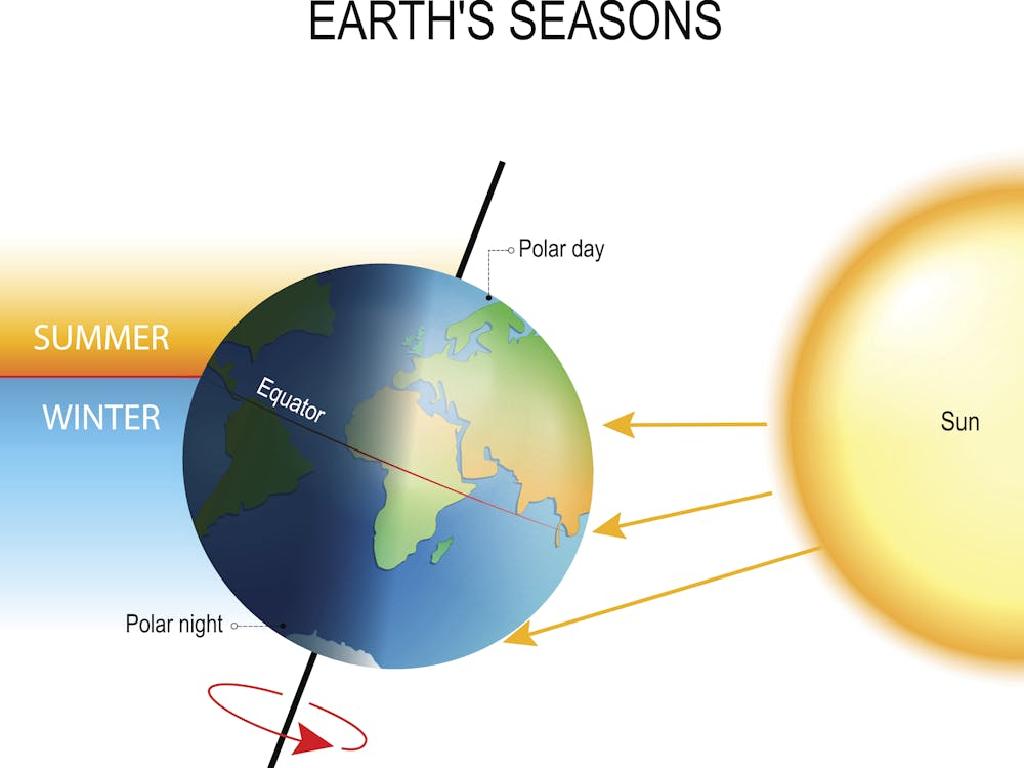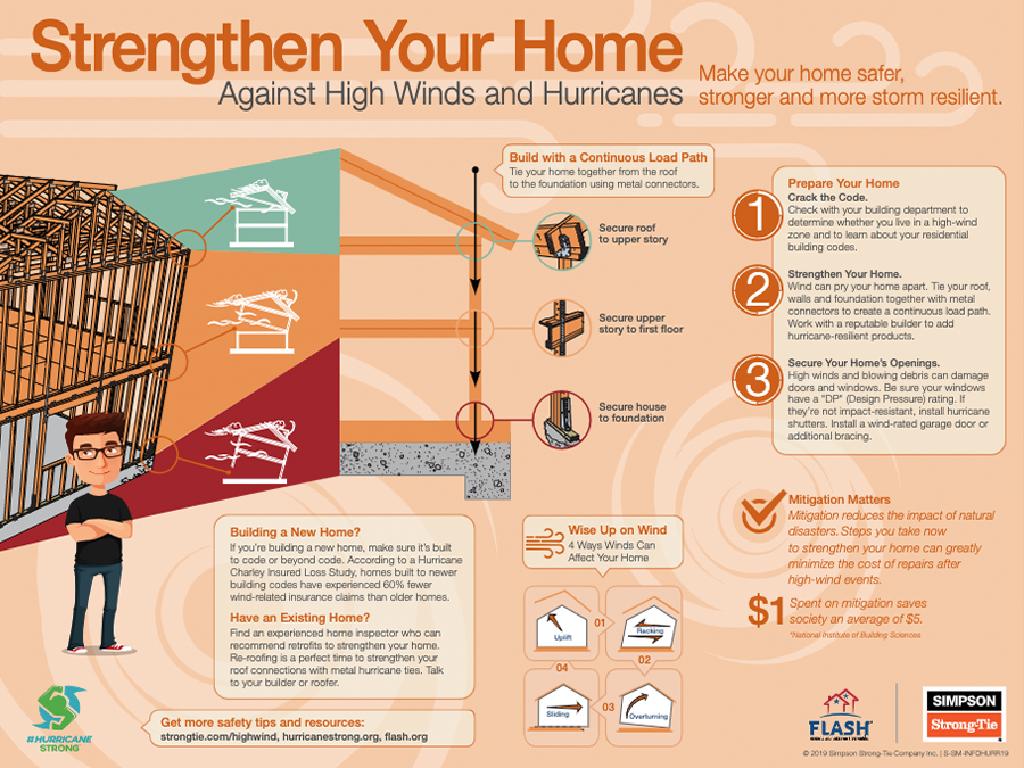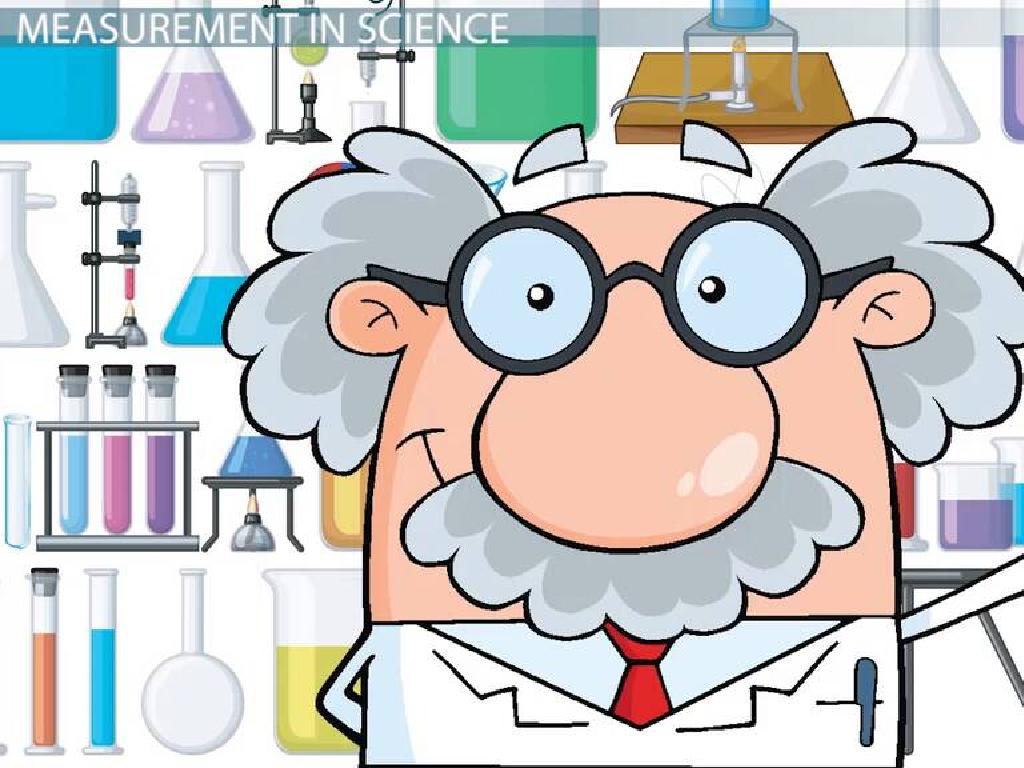Model And Write Addition Sentences For Word Problems - Sums Up To 5
Subject: Math
Grade: Kindergarten
Topic: Addition Word Problems Up To 5
Please LOG IN to download the presentation. Access is available to registered users only.
View More Content
Welcome to Addition!
– Greetings, young mathematicians!
– Today’s lesson: learning addition
– Addition combines numbers into a total
– If you have 2 apples and 3 more, addition tells us we have 5 apples in total
– Let’s count using addition!
– We’ll practice adding numbers up to 5
|
This slide is designed to introduce Kindergarten students to the concept of addition in a fun and engaging way. Start by greeting the students warmly to create a welcoming learning environment. Explain that addition is a way of finding out how many items we have altogether by combining two or more groups. Use simple, relatable examples such as combining fruits or toys to illustrate the concept. Encourage the students to think of addition as a method of counting everything together. Throughout the lesson, use hands-on activities with physical objects to help them visualize the process of adding numbers. By the end of the lesson, aim for the students to be comfortable with adding numbers up to 5 and understanding that addition is a tool for counting the total number of items.
Learning Addition: Sums Up to 5
– Understanding addition
– Addition means putting things together to count the total.
– Adding groups together
– If we have 2 apples and 3 apples, we add them to find how many apples we have in all.
– The ‘+’ addition sign
– The ‘+’ sign tells us to add. For example, 2 + 3 means 2 plus 3.
– Practice with sums up to 5
– Let’s add numbers that make a total of 5 or less, like 2 + 2 or 1 + 4.
|
This slide introduces the concept of addition to Kindergarten students. Start by explaining that addition is a way of finding out the total number of items we have by putting groups together. Use tangible examples like fruits or toys to illustrate the concept. Show the addition sign and ensure students recognize it. Then, move on to simple addition problems that result in sums up to 5, allowing students to use their fingers or objects to count. Encourage participation and use positive reinforcement to build their confidence in their ability to add small numbers.
Let’s Count Together!
– Practice counting objects up to 5
– Count items like apples or blocks
– Counting lays the foundation for addition
– When we count, we’re adding one more each time
– The total is the last number we count
– If we have 3 apples and count 2 more, our total is 5
– Let’s add objects together!
|
This slide is aimed at helping Kindergarten students understand the concept of addition through counting objects. Start by engaging them with physical objects like apples or blocks that they can count. Explain that counting is the same as adding one more. Demonstrate this by counting objects one by one, emphasizing that the last number they say is the total number of objects. Then, show how to combine two groups of objects by counting all of them together to find the total. Encourage the students to use their fingers or other classroom materials to practice counting and adding up to 5. Prepare to guide them through several examples, and ensure they understand that the final number they reach when counting is the sum of the objects.
Solving Addition Word Problems
– Word problems are like stories
– Pictures help us understand
– Draw apples to add 2 apples + 3 apples
– Read a problem together
– ‘Sam has 2 balloons, Ali gives him 3 more. How many balloons does Sam have now?’
– Find the sum up to 5
|
This slide introduces kindergarteners to the concept of addition word problems. Start by explaining that word problems tell a story about adding things together. Use simple language and relatable examples. Show how drawing pictures can help visualize the problem, making it easier to solve. Read a word problem aloud to the class, then work through it together, encouraging the students to participate in finding the total. Reinforce the concept that the sum is the final count of all items together, which should not exceed 5 for this exercise. Prepare to guide them with similar problems and ensure they understand the concept of addition within the context of a story.
Modeling Addition: Sums Up to 5
– Use fingers to model addition
– Show 2 fingers on one hand, and 3 on the other. How many in total?
– Use objects for addition practice
– Count 2 pencils, add 3 more. How many pencils now?
– Number line addition
– Start at 0, move 2 steps, then 3 more. Where do we stop?
– Classroom addition activity
|
This slide introduces the concept of modeling addition using tangible methods suitable for Kindergarten students. Teachers should demonstrate how to use fingers to represent numbers and combine them to find the sum. Additionally, using classroom objects like pencils or blocks can make the learning process interactive and fun. Introduce the number line as a visual tool to help students understand addition by taking physical steps on the line. The classroom activity should involve students practicing addition with various items found in the classroom, fostering a hands-on learning experience. Teachers should prepare to guide students through each method, ensuring they understand that addition is about combining quantities to find a total.
Creating Addition Sentences
– What is an addition sentence?
– It includes numbers, a plus sign, and an equal sign.
– Example: 2 + 3 = 5
– Write sentences from word problems
– Use clues from stories to form equations.
– Practice with sums up to 5
– Add small numbers together and find the total.
|
This slide introduces the concept of writing addition sentences, which is a foundational skill in kindergarten math. Start by explaining what an addition sentence is, emphasizing the components: numbers, a plus sign, and an equal sign. Show a simple example like 2 + 3 = 5 to illustrate. Then, guide students to create their own addition sentences using word problems you provide. Keep the sums within 5 to ensure the problems are age-appropriate. For the activity, have several word problems ready that involve adding numbers up to 5. Encourage students to use objects like counters or fingers to help them visualize the addition. After they’ve written their sentences, they can share with the class or a partner to reinforce their learning.
Class Activity: Addition Storytime
– Create your addition stories
– Use toys or drawings for storytelling
– Example: 2 teddy bears + 3 toy cars = 5 toys
– Share your story with the class
– Write the addition sentence
– Example: ‘I had 2 apples, mom gave me 3 more, now I have 5 apples.’
|
This interactive activity is designed to help Kindergarten students understand addition through storytelling. Encourage the children to use toys or their own drawings to visualize the addition problems. This will help them grasp the concept of combining two groups of items to find the total. As each child shares their story, they should also present the corresponding addition sentence (e.g., ‘2 teddy bears + 3 toy cars = 5 toys’). This reinforces the connection between the story and the mathematical concept. For the teacher: Prepare a variety of toys or drawing materials in advance. Guide the students through creating their stories and writing the addition sentences. Offer praise and gentle corrections as needed. Possible variations of the activity could include group storytelling, using different objects, or acting out the stories.
Celebrating Addition Skills!
– Congratulations on learning addition!
– Practice counting and adding every day
– Try adding objects like toys or crayons
– You are all addition stars!
– Keep shining in math!
– Remember, the more you practice, the better you’ll get!
|
This slide is meant to wrap up the lesson on addition word problems with sums up to 5. It’s important to celebrate the students’ achievements and encourage them to continue practicing their new skills. Remind them that learning math is like building with blocks; each new skill supports the next. Encourage them to practice by counting and adding objects in their daily life, like during playtime. Praise their efforts and let them know that they are becoming proficient in addition, which is a foundational math skill. Keep the atmosphere positive and uplifting to inspire confidence and a love for learning.






